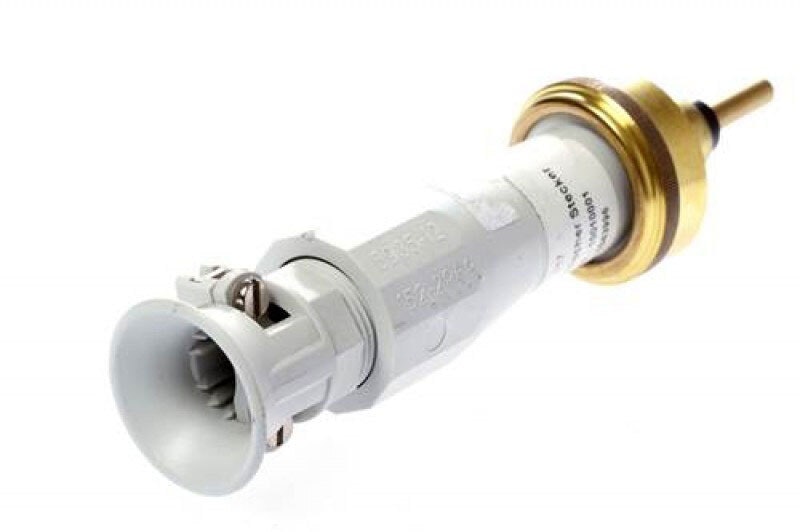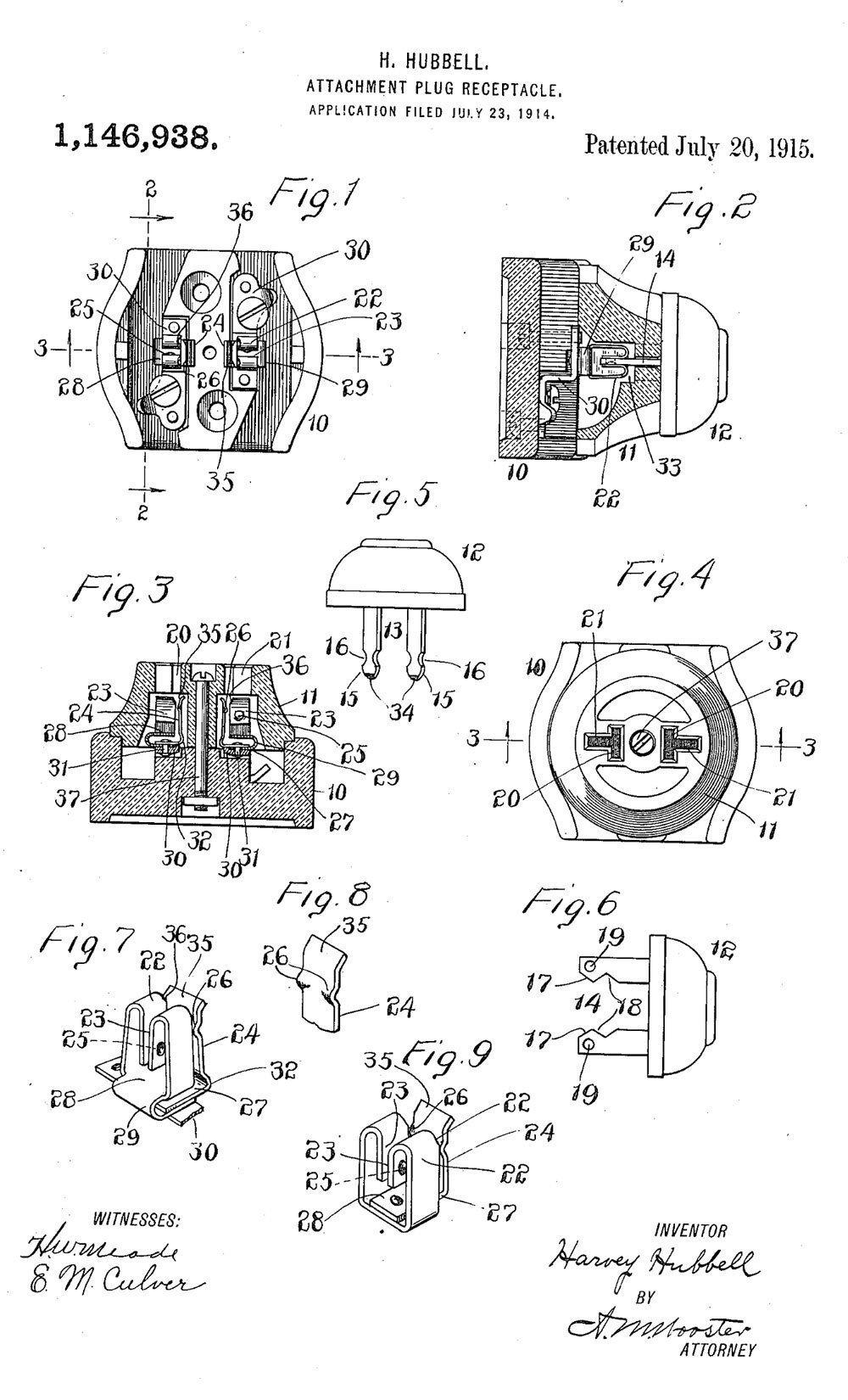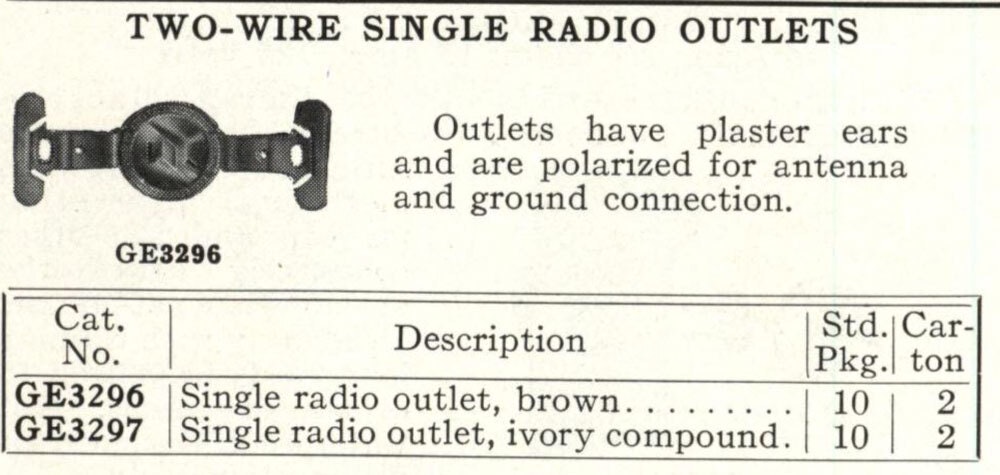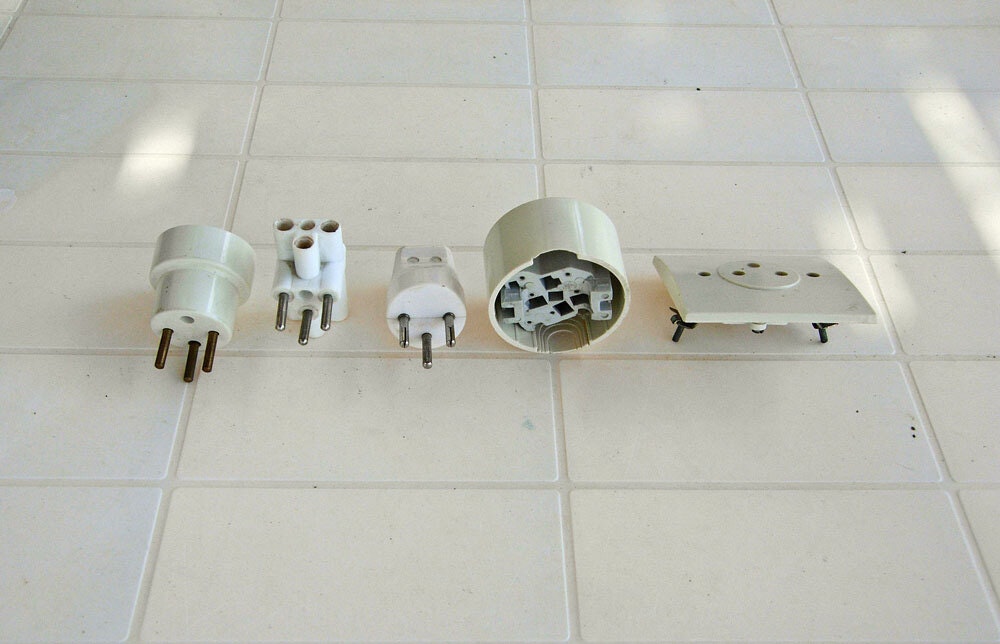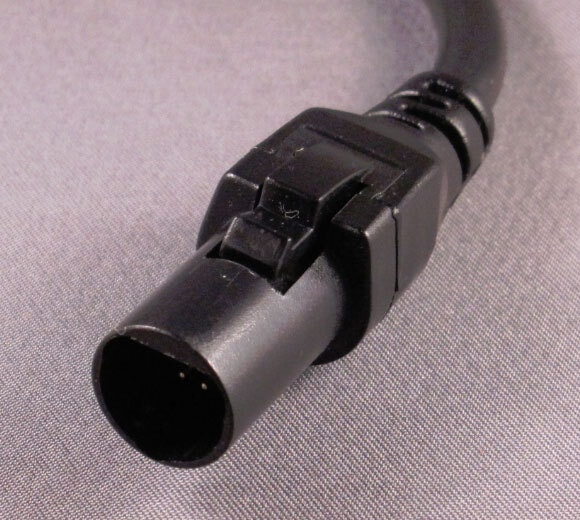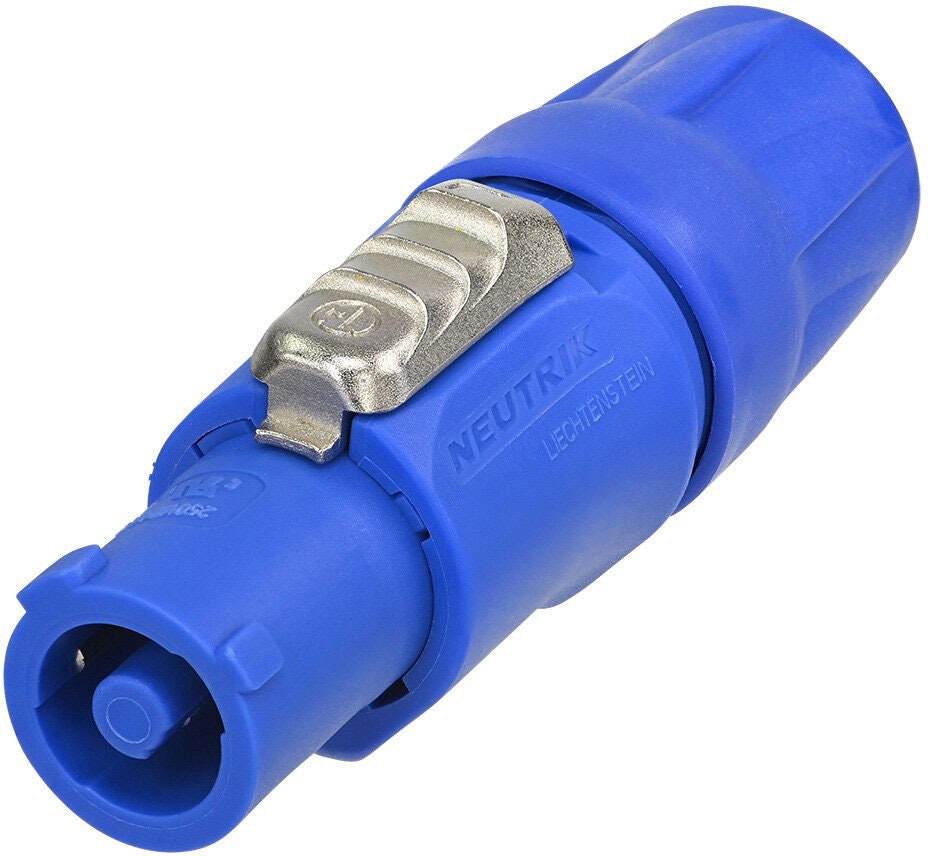Tedium - This Is My Shocked Face 🔌
|
|
|
|
|
|
|
|
|
|
|
|
|
Older messages
A Blank’s Blank 😶
Wednesday, August 17, 2022
What makes someone an “actor's actor”? Or the equivalent elsewhere? Here's a version for your browser. Hunting for the end of the long tail • August 17, 2022 Hey all, Ernie here with a fresh
Camper Van Mainframe 💾
Friday, August 12, 2022
Why “portable” used to be a relative term in computing. Here's a version for your browser. Hunting for the end of the long tail • August 12, 2022 Hey all, Ernie here with a refreshed piece from
When Newsletters Were Printed 📬
Friday, August 12, 2022
What digital newsletters can learn from printed newsletters. Here's a version for your browser. Hunting for the end of the long tail • August 10, 2022 Today in Tedium: Some might say that peak
Who Sets the Prices? 🏷
Saturday, August 6, 2022
Why manufacturers often suggest prices for the products they sell. Here's a version for your browser. Hunting for the end of the long tail • August 05, 2022 Today in Tedium: Why do prices on new
When Movies Get Canned 🎥
Wednesday, August 3, 2022
Movies that, like Batgirl, never saw release despite being complete. Here's a version for your browser. Hunting for the end of the long tail • August 03, 2022 Today in Tedium: If you were holding
You Might Also Like
Daily Coding Problem: Problem #1701 [Easy]
Thursday, February 27, 2025
Daily Coding Problem Good morning! Here's your coding interview problem for today. This problem was asked by Uber. On election day, a voting machine writes data in the form (voter_id, candidate_id)
pyproject.toml, DuckDB, Flet, and More
Thursday, February 27, 2025
How to Manage Python Projects With `pyproject.toml` #670 – FEBRUARY 25, 2025 VIEW IN BROWSER The PyCoder's Weekly Logo How to Manage Python Projects With pyproject.toml Learn how to manage Python
JSK Daily for Feb 25, 2025
Thursday, February 27, 2025
JSK Daily for Feb 25, 2025 View this email in your browser A community curated daily e-mail of JavaScript news Simple Interactive CLI App with Node.js Learn how to build a simple interactive CLI app
📧 What's inside Pragmatic REST APIs and how it can help YOU
Thursday, February 27, 2025
Most developers have a rough idea of what a REST API is. But knowing just enough to get by is costing your team time, creating technical debt, and limiting the scalability of your applications. A few
👍 5 Things I Want to See From the Galaxy S26 Ultra — What Are Virtual Machines?
Thursday, February 27, 2025
Also: 15 Android Games To Scratch the Nintendo Itch How-To Geek Logo February 26, 2025 Did You Know Actor Michael Keaton's birth name is actually Michael Douglas, but because of the already famous
New Linux Malware 'Auto-Color' Grants Hackers Full Remote Access to Compromised Systems
Thursday, February 27, 2025
THN Daily Updates Newsletter cover ⚡ LIVE WEBINAR ➟ The Anatomy of a Ransomware Attack Watch a Live Ransomware Attack Demo, Uncover Hacker Tactics and Learn to Defend Download Now Sponsored LATEST NEWS
The Sequence Engineering #498: Integrating Tools with AI Agents Using Composio
Thursday, February 27, 2025
Hundreds of connectors that can be integrated using a simple programming framework. ͏ ͏ ͏ ͏ ͏ ͏ ͏ ͏ ͏ ͏ ͏ ͏ ͏ ͏ ͏ ͏ ͏ ͏ ͏ ͏ ͏ ͏ ͏ ͏ ͏ ͏ ͏ ͏ ͏ ͏ ͏ ͏ ͏ ͏ ͏ ͏ ͏ ͏ ͏ ͏ ͏ ͏ ͏ ͏ ͏ ͏ ͏ ͏ ͏ ͏ ͏ ͏ ͏ ͏ ͏ ͏ ͏ ͏ ͏
Post from Syncfusion Blogs on 02/26/2025
Thursday, February 27, 2025
New blogs from Syncfusion ® Create an Interactive Heat Map Using Flutter Charts By Aswini Suresh Reddy This blog explains how to easily create a heat map using the Flutter Charts widget with code
⚙️ Where AI laws fail
Thursday, February 27, 2025
Plus: Google gets sued
JSK Weekly - 26th February, 2025
Thursday, February 27, 2025
Decentralized architecture has undoubtedly revolutionized software development, driving remarkable progress and scalability. However, it also brought new challenges that hinder future growth and


